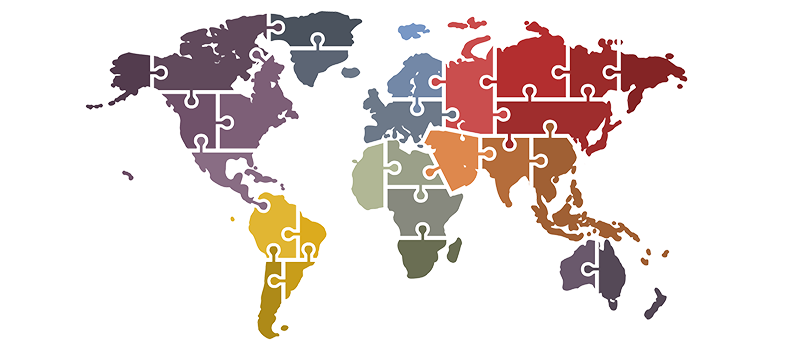An overview of national AMR surveillance
Introduction
You should be familiar with the concept of
The emergence of resistance in bacteria is a natural evolutionary process. It becomes a problem when there is acceleration of this natural process as a consequence of the widespread, often inappropriate, use of
- assessment of the scale of the AMR problem, across human and animal sectors
- measurement of patterns of AMR over time in a particular place(s) and species
- development of appropriate public health policies and strategies to mitigate AMR across sectors
- planning and implementation of strategies, and assessment of their ongoing effectiveness in tackling AMR across and within sectors.
We touched on examples of national AMR surveillance systems and the components of such systems, as per the WHO GLASS framework, in the module Introducing AMR surveillance systems.
In this module, the focus will be on national AMR surveillance relevant to human health. The module AMR surveillance in animals will focus on AMR surveillance in the animal sector.
After completing this module, you will be able to:
- describe the structure, functions and characteristics of AMR surveillance systems in the context of the WHO GLASS approach
- know the components of national surveillance systems and how they contribute to AMR surveillance
- understand the governance structures needed for a functioning surveillance system, such as antimicrobial resistance coordinating committees, technical working groups and equivalent bodies
- understand the key stakeholders needed to establish, support and maintain such a system
- know how your role fits within local and national AMR surveillance systems.
Activity 1: Assessing your skills and knowledge
Please take a moment to think about the learning outcomes accompanying this module and how confident you feel about your knowledge and skills in these areas. Do not worry if you do not feel very confident in some skills; they may be areas that you are hoping to develop by studying this module. Now use the interactive tool to rate your confidence in the following areas using a 1–5 scale:
- 5 Very confident
- 4 Confident
- 3 Somewhat confident
- 2 Slightly confident
- 1 Not at all confident
Try to use the full range of ratings shown above to rate yourself.



